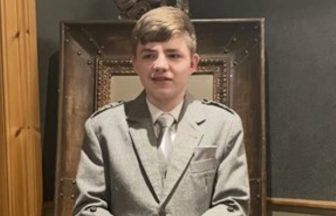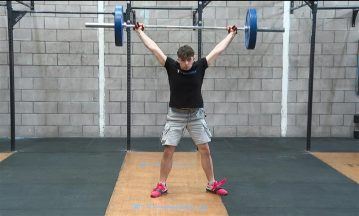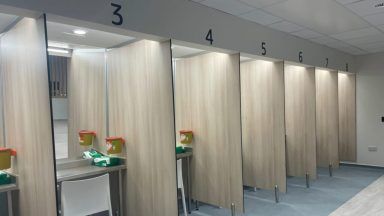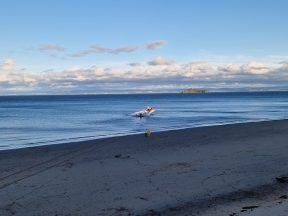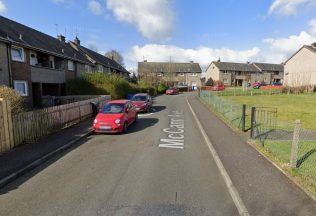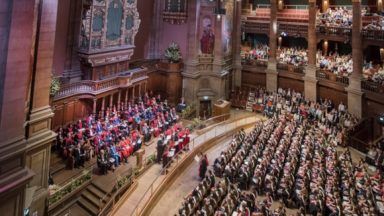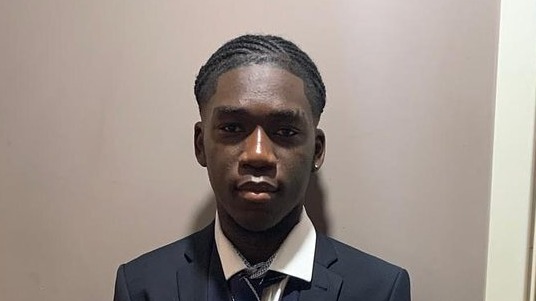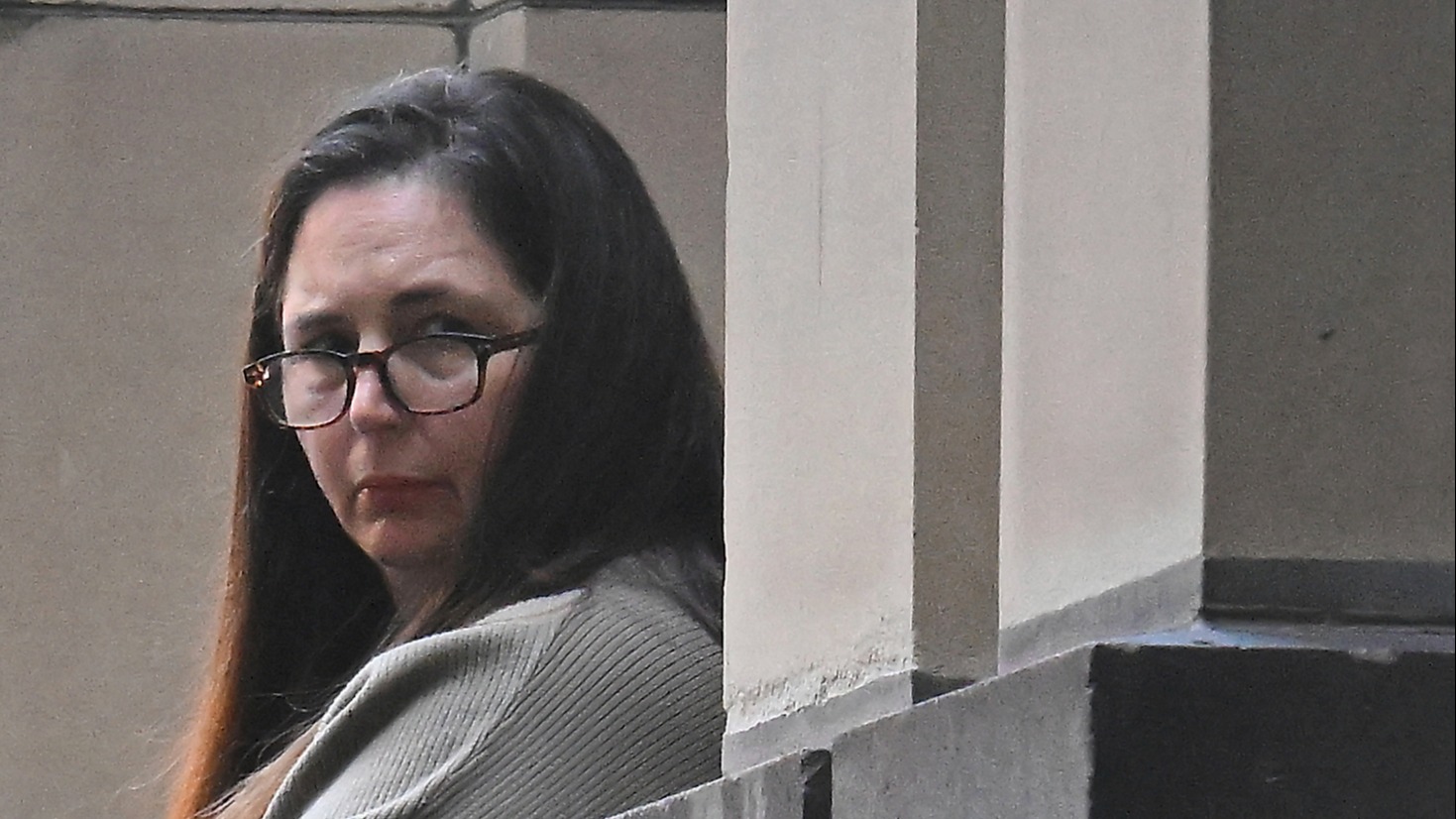New affordable homes in Edinburgh funded through the city’s tourist tax will primarily focus on mid-market housing for ‘key workers’ rather than increasing the number of social rent properties, the council’s new boss has said.
Councillors have voted to back the introduction of a transient visitor levy (TVL) in the capital – the first city in Scotland to take advantage of the new tax-raising powers passed at Holyrood.
A 12-week consultation will gather views on the scheme, which include a five per cent charge on visitors’ accommodation costs capped at seven nights. However, councillors said they would be open to increasing the rate if supported by the public.
Paul Lawrence, Edinburgh Council’s new chief executive, said taking £5m from the potential £50m-a-year boost the city’s finances would “plug the viability gap” at council-owned land earmarked for housing, including at Granton Waterfront and Meadowbank.
It’s estimated through borrowing this could generate an additional £70m for housebuilding – which campaigners say is a “critical opportunity to address the housing emergency in Edinburgh”.
After taking £5m for housing and two per cent of the income for community projects to “improve the quality of life for local residents, particularly in areas that are heavily impacted by tourism”. It’s proposed 55 per cent of what’s left would be spent on street cleaning, park improvements and maintaining popular tourist attractions.
Then 35 per cent would support the local arts and culture sector, and the remaining 10 per cent would fund tourism marketing for the city.
But council officer Elin Williamson, who has led work on the TVL, stressed this was not “a final version of the scheme”.
She said the idea behind funding affordable housing through the tourist tax was to support both mid-market, which is below the cost of renting in the private sector, and social rent, the cheapest and most in-demand type of accommodation.
This will “ensure there is somewhere for people who work in the tourism and hospitality industry to live,” she said, “and they don’t all need social housing; many of them have a steady income but still can’t afford to live in private homes in Edinburgh.”
Chief executive Mr Lawrence added: “We’ve broadly thought of this as what you might call key worker housing, which is a phrase that sometimes get used, which is people in an important sector of the economy who are struggling to find a way of their wages sustaining tenancies and the open market.
“These people are in employment, sometimes precarious – that’s understood.
“But broadly that idea of key worker housing we think is most appropriate given the focal point of the legislation.
“As it happens the numbers … have got a blend of social rent and mid market, so we’re trying to cover both bases, but it’s trying to stick clear to the spirit of the legislation whilst understanding the dynamics of the wider housing market in the city.”
He added: “Our problem at the moment is not the lack of land, it’s actually the viability problem and lack of affordable housing supply grant.
“We own a number of sites, most notable is Granton Waterfront. At the moment to take that site forward in the way the plans members have agreed sets out with the appropriate environmental standards, quality of public realm, placemaking and so on, and given what is in the ground in terms of contaminants and so on … there is about a £70m funding gap.
“One of the objectives here was to try and use this money to plug the viability gap.”
The SNP group proposed increasing the housing allocation from £5m to £20m, however this was defeated.
SNP councillor Kate Campbell said: “Given we have declared a housing emergency – and I think people did expect probably a larger proportion, I certainly was expecting officers to come forward with a larger proportion of funding.
“I don’t think mid-market does meet all the needs of people working in the hospitality sector on very, very precarious working contracts on some of the lowest wages in the city and think it’s very reasonable to assume those people will require social housing.”
Council leader Cammy Day, Labour, said: “Increasing that to a higher amount at this stage is probably a higher risk than we’d like.
“To have potentially in excess of £40m additional new money to spend could make a real difference and a real impact on the city.
“We’re keen to put a bit more of that money into the city’s infrastructure, and of course review that increase as we go forward.”
Ella Rook from tenants’ union Living Rent said: “The proposed visitor levy provides an inspiring and critical opportunity to address the housing emergency in Edinburgh.
“We strongly support the proposal that £5m from the levy is put toward housing and would encourage this to be increased.
“We believe the maximum amount of this should be used to increase the council housing stock, to provide affordable, permanent secure homes.
“Currently the draft scheme for the visitor levy only mentions spending funds from the £70m on mid-market housing. It would be a mistake to think that mid market housing is the route to ending the housing crisis in Edinburgh. Mid-market housing will not be affordable to many of the city’s residents.
“The council has spent nearly £50m on temporary accommodation in the 2022-23 year – a whopping increase from the £18m spent in 2019-2020.
“Reducing the number of residents in temporary accommodation in hotels and B&Bs would also free up this space for visitors. The high cost of housing in Edinburgh is also a barrier for tourism workers to be able to live near where they work.”
Follow STV News on WhatsApp
Scan the QR code on your mobile device for all the latest news from around the country


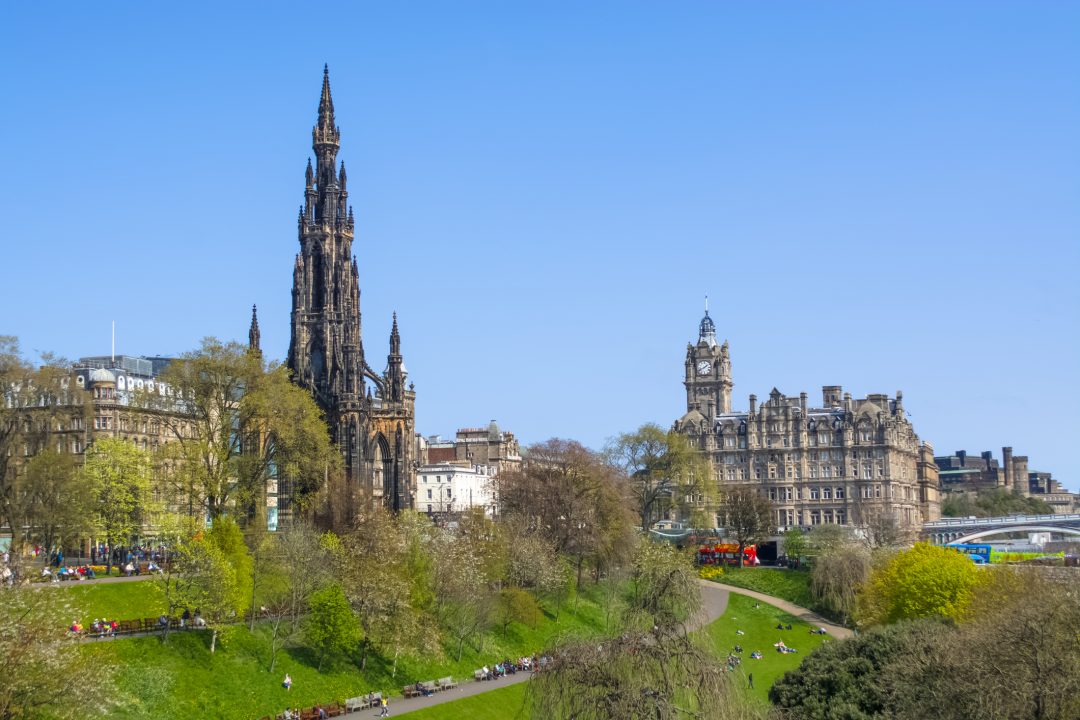 iStock
iStock

